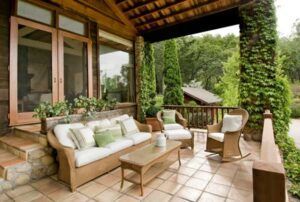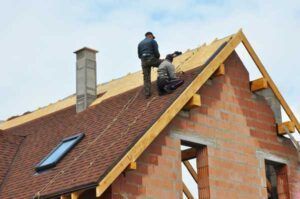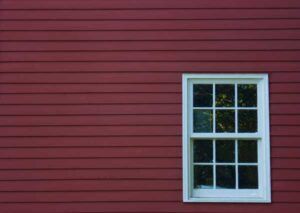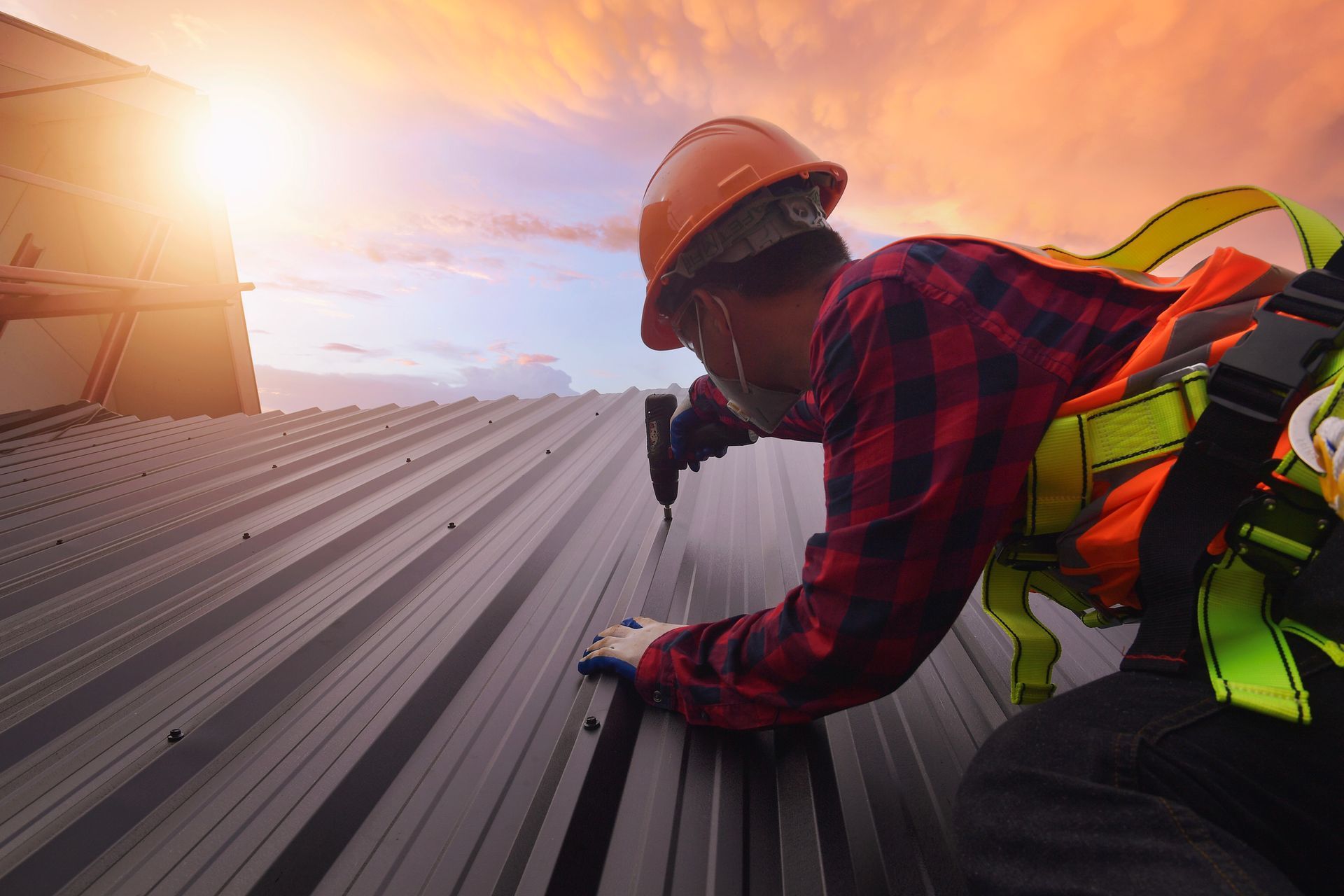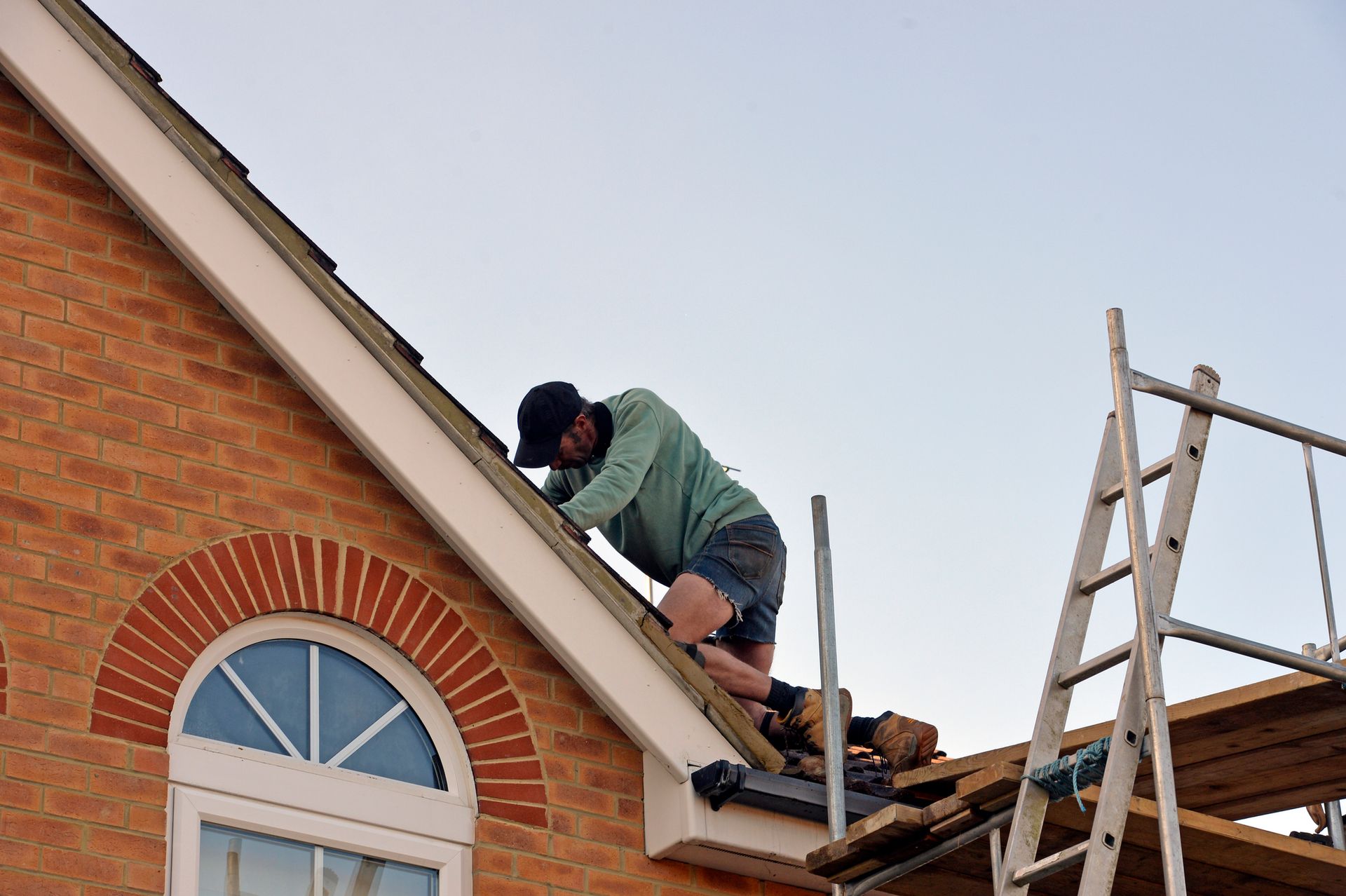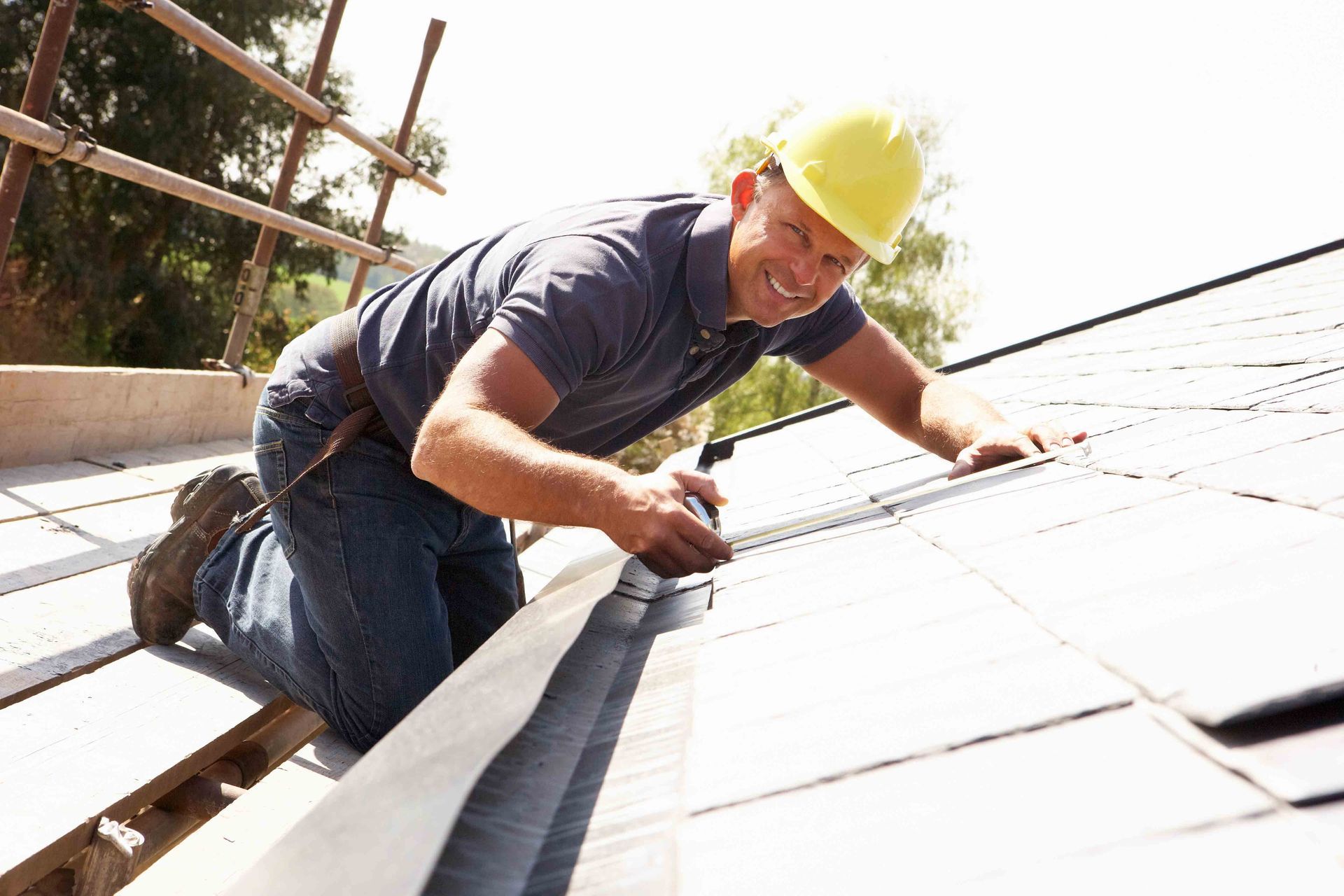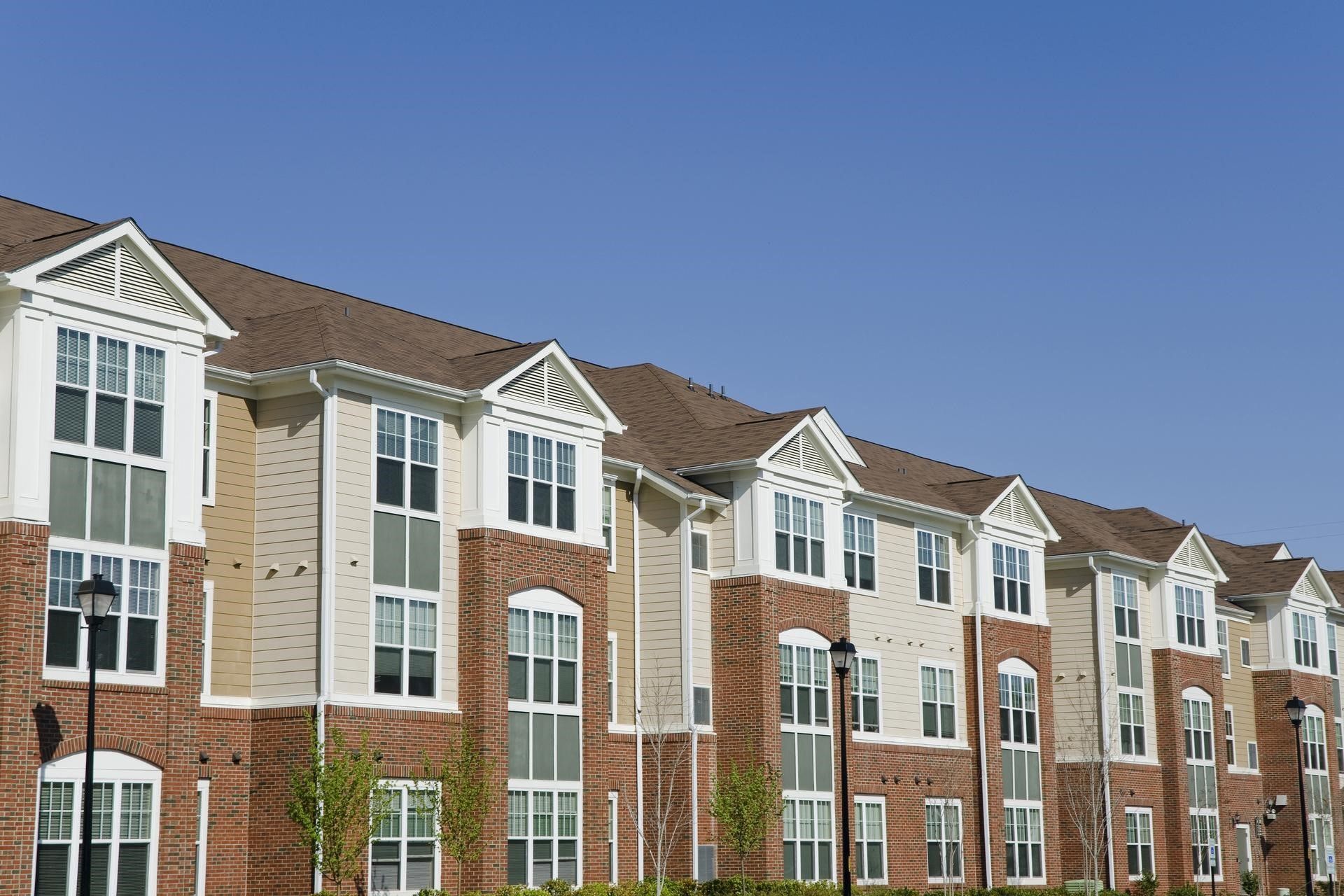Why You Should Consider Steel Roof Trusses
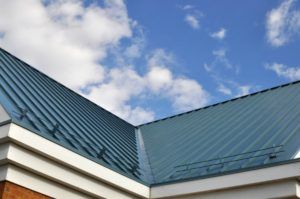
A roof truss is a structural framework that provides support for the roof. Timber and steel are the most common materials for trusses. Many people use timber since it is relatively cheaper than steel. However, steel has several advantages that give it an edge over timber. Below are some of these advantages.
Pest Resistance
Pest attack or damage is possible with timber trusses. Some types of timber are resistant to some pets. Some wood treatments can also reduce the risk of pest resistance, though the treatments might fade over time and might require retreatment. However, no pest will attack or damage the steel.
Fire Resistance
Fire damage can also damage your roof completely. The more fire-resistance materials you have on the roof, the more it will resist fire damage. Fortunately, steel resists fire damage better than timber.
Consider steel if you live in a fire-prone area. Though both materials eventually suffer damage due to prolonged fire, the metal will give you more time to fight the fire.
Weather Resistance
Exposure to different weather elements contributes to roofing material degradation. Temperature fluctuations and moisture are some of the biggest factors. Again, steel has better weather resistance than timber.
Timber can rot, expand, and crack when it absorbs moisture. Steel does not suffer such issues even with exposure to moisture. Some types of steel might rust on moisture exposure, but rust-related damage usually takes a long time.
Durability
Timber framing is likely to suffer more problems than steel framing. The frequencies of these issues accelerate the roof’s wear and tear. Thus, a roof with a steel truss is likely to outlast a roof with a timber truss.
No Span Restriction
Timber has a limited span — that is, you have a limit to the lengths of timber trusses. You often need to use another supporting structure, such as a column, to support timber if you exceed the span limit. Thus, you cannot use timber on large buildings without obstructions. Steel does not have such span restrictions.
Design Flexibility
Since wood is a natural product, it has some design restrictions. The natural growth of wood restricts:
- Shape
- Size
- Length
You may be able to cut, join, and shape wood into different designs, but the result will not be as strong and uniform.
As a manufactured product, steel comes in all kinds of shapes and sizes. For example, you can more easily make a curved piece of steel than a curved wood piece. In most cases, you can get prefabricated steel pieces from the factory that matches your design considerations. Thus, steel is usually superior to timber for making unique architectural designs.
Eco-Friendliness
The construction industry affects the environment in various ways. For example, construction wastes in landfills pollute the natural environment. Fortunately, much of the steel in the building industry comes from recycled products. What is more, most steel pieces come in specific lengths and shapes, reducing the need for cutting and minimizing waste materials.
Accelerated Construction
Lastly, you are likely to get your new roof sooner with steel trusses than timber trusses. As previously mentioned, most roofing manufacturers fabricate their products to different specifications and deliver ready-to-use products. The roofing contractor will just assemble and install the products. Thus, steel trussing may accelerate construction time.
Different factors, such as budget, design, location, and building use, determine whether steel is better for your roof than timber. A roofing contractor can evaluate your project and advise you on the best material. D.S. Bahr Construction, Inc., has been active in the roofing industry since 1990. Contact us for a quote and enjoy our professional roofing services today.
The post Why You Should Consider Steel Roof Trusses appeared first on D.S. Bahr Constraction, Inc.
